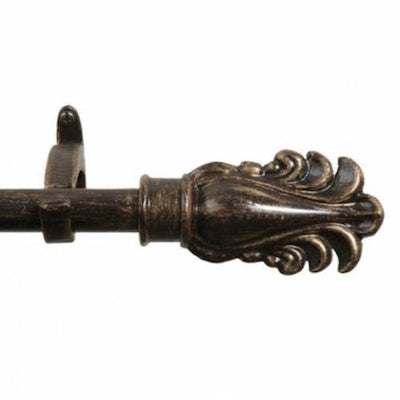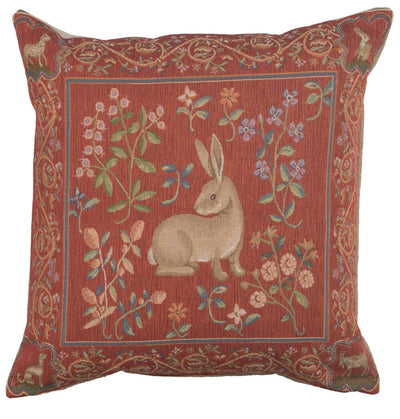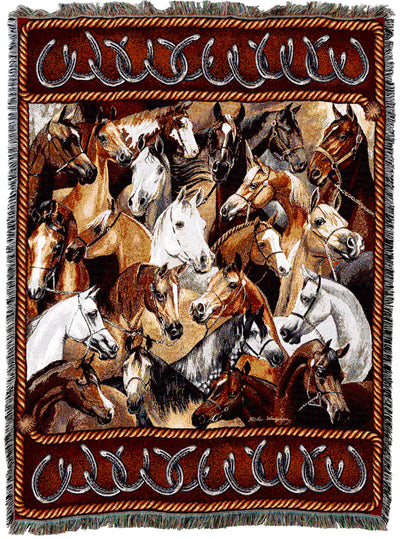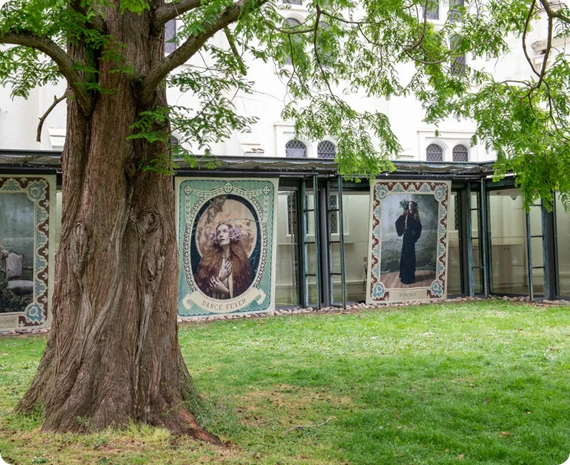A History of William Morris Tapestries
“Whatever you have in your room, think first of the walls, for they are that which makes your house a home”. So said William Morris in 1882. No other statement could better describe the passion and work of the famed William Morris. Born in 1834 in Essex, William Morris was perhaps the best known tapestry designer of his time. He influenced the industry in ways that no other tapestry designer had before him. To this day you can find William Morris tapestry reproductions for sale (we have over twenty!).
Despite the impact William Morris had on the tapestry industry, William Morris himself did not set out to be a tapestry designer at first. He joined an architectural firm but opted out after some time to join his lifelong friend, Edward Burne-Jones as a painter. William Morris discovered he had a talent for art and writing poetry. He sought to add weaving to his talents and set about teaching himself how to weave on a loom. He also learned the principles of dye work. This was the beginning of a great journey that would lead to the creation of many famous William Morris tapestries, some of the most magnificent tapestries known today.
Together with some kindred spirits, William Morris founded Morris, Marshall, Faulkner and Company. With Edward Burne-Jones and other artists by his side, William Morris created some of the most magnificent tapestry designs. His ambition was to breathe life into the age old art of tapestry weaving. His words were a reflection of his passion for creating beauty that would transcend the years. He believed that we ought to only place those things in our houses that we believe to be beautiful or useful.
William Morris later took over the company solely and renamed it Morris & Co. He is best known for the creation and design of the Tree of Life Tapestry and the Acanthus and Vine tapestry design. Many of the William Morris tapestry wall hangings are as result of the collaborative effort of William Morris and other artists including his lifelong friend Edward Burne-Jones. Most notable of these tapestries are the six that make up the Quest for the Holy Grail tapestry collection.














